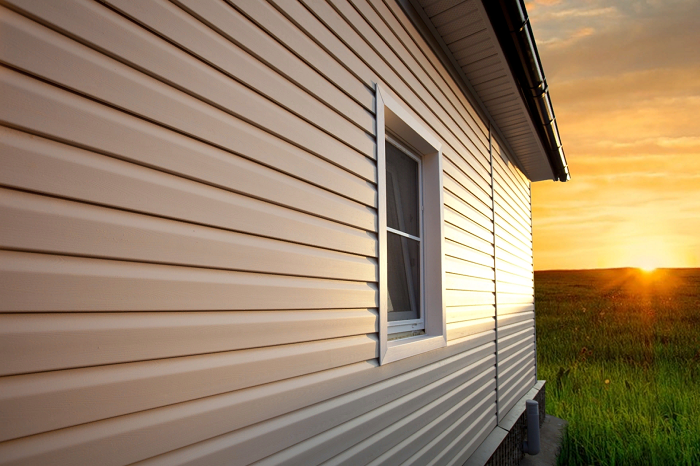Before proceeding with the description of the properties of siding, you need to determine what it is. In the so-called American English, the word “siding” means the technology of cladding the facade with some hinged material. The bottom line is that classic American finishing technologies involve a frame-and-wire construction method. With this method, the supporting frame was first erected, subsequently sheathed with some sheathing material. More often, wood is used for this, and in particular special boards. They overlap, in the form of a Christmas tree. That is, there is no wind seam and no special wind protection and protection from various precipitation in the form of rain and snow is required. The process of cladding the facade itself is called siding, and the material used is wood siding. For construction, you can use a bulldozer t 130, which is sold by GruzSpetsAvto. They sell vehicles and special equipment. Special offers available. The characteristics of the bulldozer t 130 can be viewed on the company’s website.
Polyvinyl chloride, or PVC for short, has a wide range of applications in all spheres of human life. Remarkable durability, workability, and chemical inertness are the reason for wide use everywhere, including construction. Window and door profiles, fittings, plumbing products, various films and coatings, and, of course, house facade cladding panels, have acquired the name vinyl siding.
Vinyl siding was created at the very end of the sixties of the 20th century. Since that time, the period of application of vinyl siding has been reported – the most famous building material, which is increasingly preferred in recent times.
Vinyl siding – panels that are molded from pvc; their thickness is about a millimeter, with their appearance they imitate plank sheathing, overlapping. The surface often imitates a tree, but there are many other models. Dyes interfere with the material even before molding. The shape of the panels themselves may differ both from different manufacturers, and in different batches of the same production. The length is three hundred to four hundred cm, while the width varies from 20 to 25 cm.
On one side of the panel there are holes for piercing with screws and a protrusion of the locking part, which guarantees the fastening of the elements to each other. On the other side, the panel has an inward bend, it is the reciprocal area of the lock. The panels are overlapped, then the panel is fixed to the base with nails.

